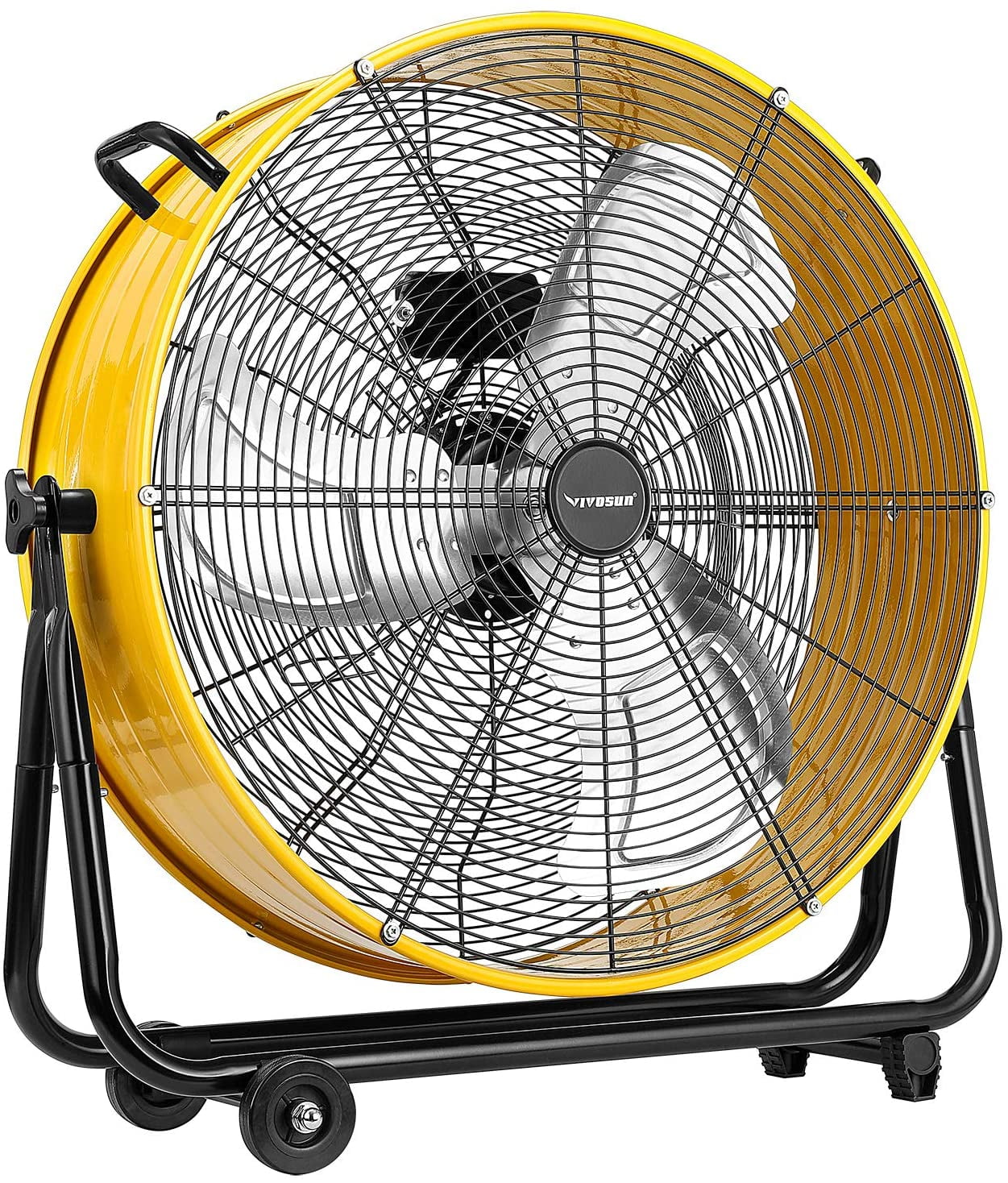
The Unseen Architecture of Glory: Demystifying the UEFA Champions League Draw Pots
The UEFA Champions League, football’s most prestigious club competition, captivates billions worldwide. Beyond the electrifying matches, the tactical masterclasses, and the raw emotion of victory and defeat, there’s an intricate dance that precedes the first whistle: the group stage draw. This seemingly random event is, in fact, a meticulously orchestrated process governed by a complex set of rules, chief among them the determination of the "draw pots." These pots are not merely ceremonial vessels; they are the architectural blueprints that shape the initial landscape of the competition, influencing a club’s path to glory from the very outset.
Understanding how these draw pots are determined is akin to peering behind the curtain of a grand theatre production. It reveals the blend of sporting merit, historical performance, and strategic design that UEFA employs to ensure fairness, competitiveness, and a dash of unpredictable drama.
The Purpose of the Pots: Seeding for Fairness and Spectacle
At its core, the concept of draw pots is about seeding. Imagine a tournament where the reigning champions, the league winners from Europe’s top five nations, and the perennial giants like Real Madrid, Bayern Munich, and Manchester City could all be drawn into the same group. While such a "group of death" would undoubtedly be thrilling, it would severely imbalance the competition, potentially eliminating multiple strong contenders before the knockout stages even begin.
The pots serve to distribute the stronger teams across different groups, ensuring a more balanced and competitive group stage. This prevents early clashes between the continent’s elite, allowing for a gradual escalation of competition as the tournament progresses. It also gives teams from lesser-known leagues a more reasonable chance of progressing, as they are less likely to face multiple titans in the initial phase.
Typically, the UEFA Champions League group stage draw involves 32 teams, divided into four pots of eight teams each. The primary goal is to draw one team from each pot into each of the eight groups (Groups A to H).
Pot 1: The Elite Vanguard – Champions and the Europa League Victor
For many years, Pot 1 was reserved solely for the eight highest-ranked teams based on their UEFA Club Coefficient. However, a significant rule change implemented from the 2015-16 season dramatically altered its composition, aiming to reward domestic league champions and the winner of the UEFA Europa League.
Under the current system, Pot 1 is comprised of:
- The UEFA Champions League Title Holder: The winner of the previous season’s Champions League automatically secures a spot in Pot 1.
- The UEFA Europa League Title Holder: The winner of the previous season’s Europa League also gains automatic entry into Pot 1. This rule underscores UEFA’s commitment to elevating the status of its secondary club competition.
- The Champions of the Top Six National Associations (by UEFA Country Coefficient): These are the league winners from the six highest-ranked national associations based on their country coefficient. The country coefficient is calculated over a five-year period, reflecting the collective performance of all clubs from that nation in UEFA club competitions.
What happens if the Champions League winner or Europa League winner also happens to be the domestic champion of one of the top six associations? If, for example, the Champions League winner is also the champion of England (a top-six nation), the vacant Pot 1 spot is then filled by the champion of the seventh-ranked national association. This cascading effect ensures that eight distinct teams always fill Pot 1, guaranteeing a diverse and highly decorated set of top seeds.
This revised Pot 1 rule was a strategic move by UEFA to give more recognition and a seeding advantage to domestic league champions, ensuring that winning your national league still holds significant prestige and direct benefit in Europe’s premier competition.
Pots 2, 3, and 4: The Reign of the UEFA Club Coefficient
While Pot 1 has a unique determination method, the allocation of teams into Pots 2, 3, and 4 is almost entirely dictated by a single, powerful metric: the UEFA Club Coefficient. This coefficient is a numerical representation of a club’s performance in UEFA club competitions over a specific period.
How the UEFA Club Coefficient is Calculated: A Deep Dive
The UEFA Club Coefficient is a five-year rolling total, meaning it considers a club’s performance in the Champions League and Europa League (and previously the UEFA Europa Conference League, though points gained there are typically not as significant for top-tier clubs) over the preceding five seasons. The more successful a club is, the higher its coefficient.
Points are awarded based on:
- Wins and Draws:
- 2 points for a win in the group stage or knockout rounds.
- 1 point for a draw in the group stage or knockout rounds.
- (Qualifying rounds typically award fewer points or half points).
- Bonus Points: Clubs receive additional bonus points for reaching specific stages of the competition:
- Reaching the Champions League group stage.
- Qualifying for the Champions League round of 16, quarter-finals, semi-finals, and final.
- Reaching the Europa League quarter-finals, semi-finals, and final.
- National Association Contribution: A crucial element often overlooked is that a club’s coefficient also includes 20% of its national association’s coefficient over the same five-year period. This means that clubs from strong footballing nations (like England, Spain, Germany) benefit from the collective success of their league counterparts, even if their individual club performance isn’t always stellar. This acts as a floor, preventing historical giants from plummeting too far down the rankings after a few lean years.
Once a club’s coefficient is calculated, all 32 participating teams (excluding those already in Pot 1) are ranked from highest to lowest. The eight highest-ranked clubs among these will be placed in Pot 2, the next eight in Pot 3, and the final eight in Pot 4.
The Qualification Conundrum: How Qualifiers Slot In
The Champions League group stage isn’t filled solely by direct qualifiers. A significant number of spots (usually 6) are allocated through the demanding qualification rounds (the Champions Path and League Path). These teams can come from associations with lower UEFA coefficients and may have comparatively low individual club coefficients.
When a team qualifies through these playoffs, their existing UEFA Club Coefficient determines which pot they are placed in. If a team with a very low coefficient (e.g., a champion from a smaller league) makes it through, they will almost certainly end up in Pot 4, regardless of which higher-ranked team they might have upset during the qualifiers. Conversely, if a well-established club with a strong coefficient (e.g., a team that finished 4th in the Premier League but had to go through a playoff) qualifies, they will take their rightful place in a higher pot (Pot 2 or 3) based on their coefficient.
This means that the final composition of Pots 2, 3, and 4 isn’t fully known until the very last playoff match is concluded, adding an element of suspense to the build-up to the draw.
Draw Restrictions and Safeguards: Adding Layers of Complexity
Beyond the pot determination, the draw itself adheres to several crucial restrictions to maintain fairness and logistical feasibility:
- No Same-Nation Clashes: Teams from the same national association cannot be drawn into the same group. This rule prevents domestic rivalries from overshadowing the international nature of the group stage and ensures variety in the matchups. If a team is drawn into a group where a club from its own association already exists, it is automatically moved to the next available group.
- Political Restrictions: For geopolitical reasons, UEFA maintains a list of specific national associations whose clubs cannot be drawn into the same group. Historically, this has included teams from Ukraine and Russia. These restrictions are put in place to avoid potential security or logistical issues.
- Broadcaster Pairings: To optimize television coverage, UEFA often "pairs" clubs from the same national association (e.g., Real Madrid and Barcelona, Manchester United and Liverpool). If one team from a pairing is drawn into a group that plays on Tuesday, the other team from that pairing will automatically be assigned to a group that plays on Wednesday, and vice-versa. This ensures that major matches are spread across different broadcast slots. While this doesn’t directly affect pot determination, it influences the final assignment of clubs to specific groups within the draw.
The Dynamics of the Draw: Anticipation and Strategy
Once the pots are set, the draw proceeds with a representative from each group being drawn from Pot 1, then Pot 2, and so on, until all 32 teams are assigned to a group. The visual spectacle, the slow reveal of the club names, and the immediate reactions of managers and fans are all part of the allure.
For clubs, their pot placement has significant implications:
- Pot 1: Enjoys the "easiest" draw on paper, as they avoid the other top seeds. Their challenge is to navigate groups with potentially strong Pot 2 and Pot 3 teams.
- Pot 2: Often considered a strong position. These teams are typically capable of topping their group, even against a Pot 1 opponent, and are expected to progress comfortably.
- Pot 3: Can face a challenging draw, potentially ending up in a "group of death" with a strong Pot 1 and Pot 2 team. Success often hinges on their performance against the Pot 4 team and their ability to spring surprises.
- Pot 4: The underdog pot. Teams here are expected to struggle, but can play the role of giant-killers. Progressing from Pot 4 is a significant achievement and often requires exceptional performances and a bit of luck.
Evolution and Future: A Constant Refinement
The system for determining draw pots, particularly Pot 1, has evolved over time, reflecting UEFA’s ongoing efforts to balance tradition, meritocracy, and commercial interests. As European football continues to change, with the rise of new powers and the increasing financial disparities, the draw system remains a critical tool for UEFA to shape the narrative and ensure the competitiveness of its flagship competition.
The constant refinement of the coefficient system and the pot rules aims to maintain a delicate equilibrium: rewarding consistent excellence and historical performance while also providing avenues for new champions and emerging clubs to make their mark on the grandest stage.
Conclusion: More Than Just Balls in a Bowl
The UEFA Champions League group stage draw is far more than a simple lottery. It is the culmination of years of club performance, the strategic foresight of UEFA, and a complex mathematical framework. The determination of the draw pots is a testament to the competition’s commitment to sporting merit, ensuring that the journey to European glory is challenging but fair. From the elite of Pot 1 to the underdogs of Pot 4, each club’s placement is a badge of their recent history and a predictor of the trials that lie ahead. And as the balls are drawn, and the groups are formed, the unseen architecture of glory becomes vividly clear, setting the stage for another unforgettable season of Champions League football.



